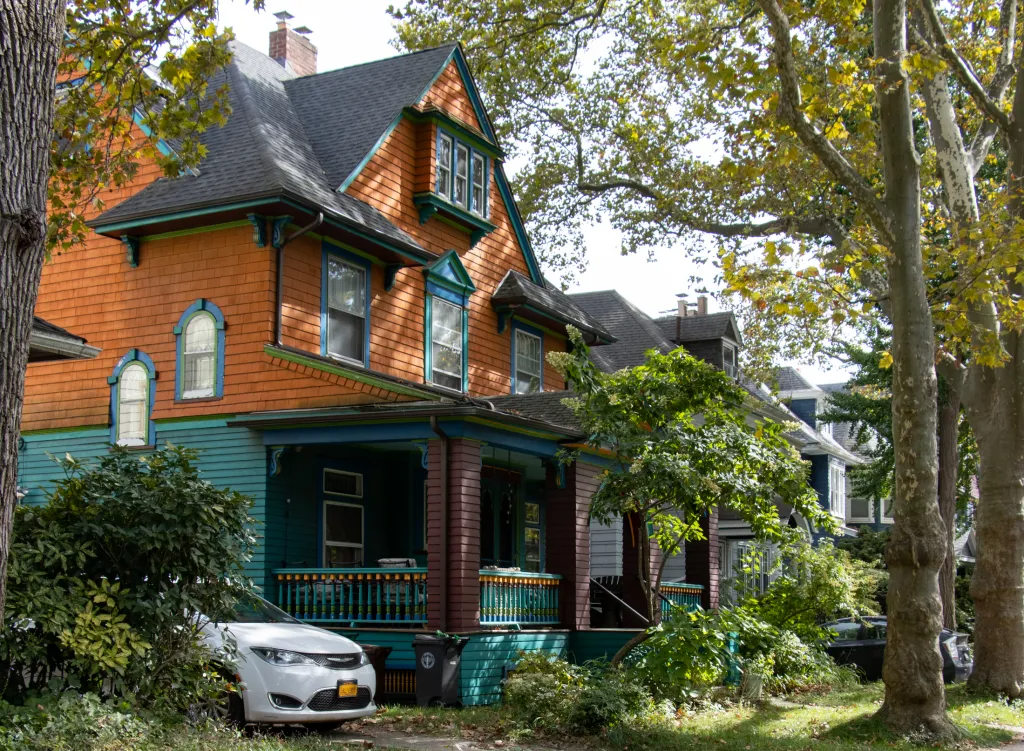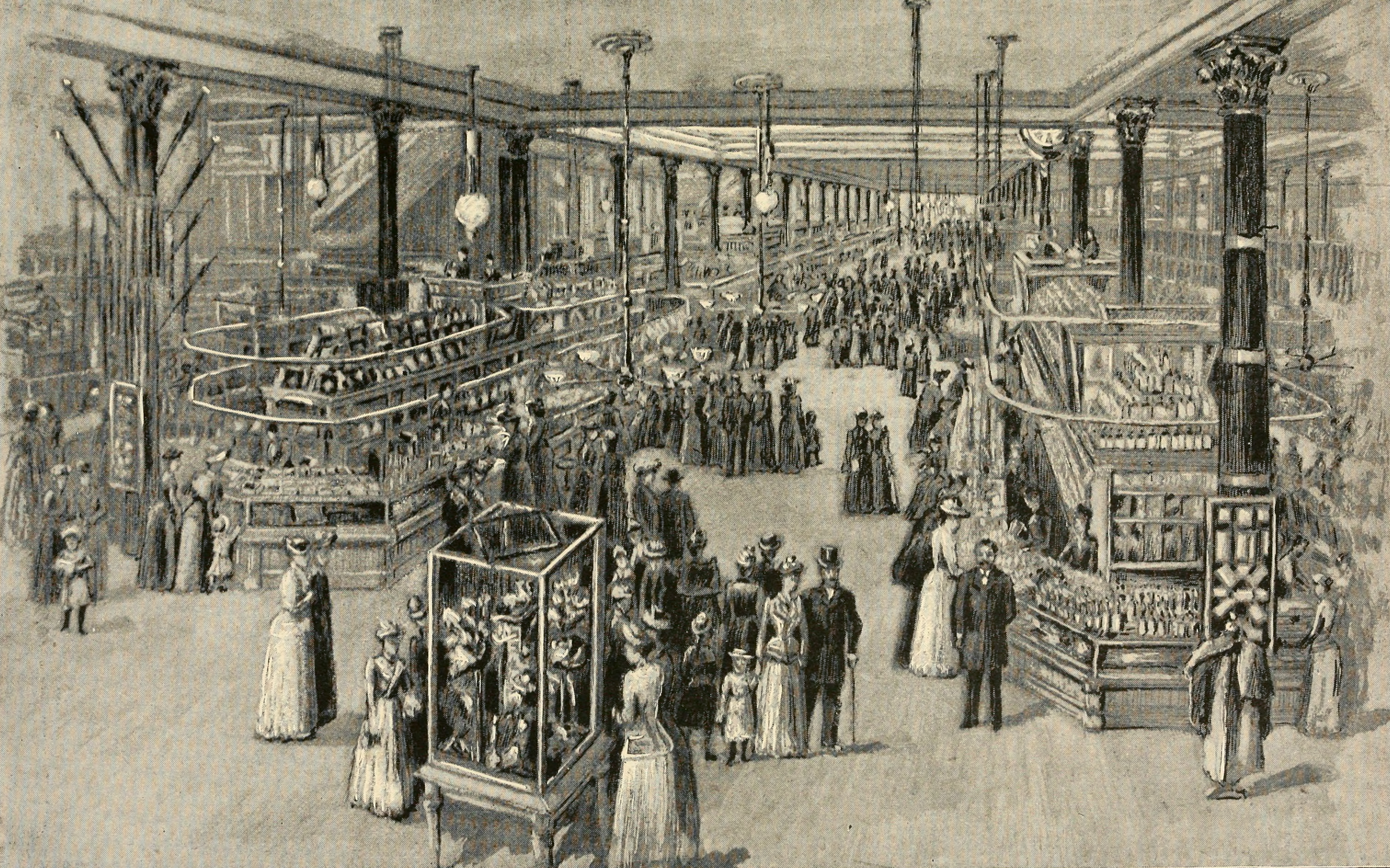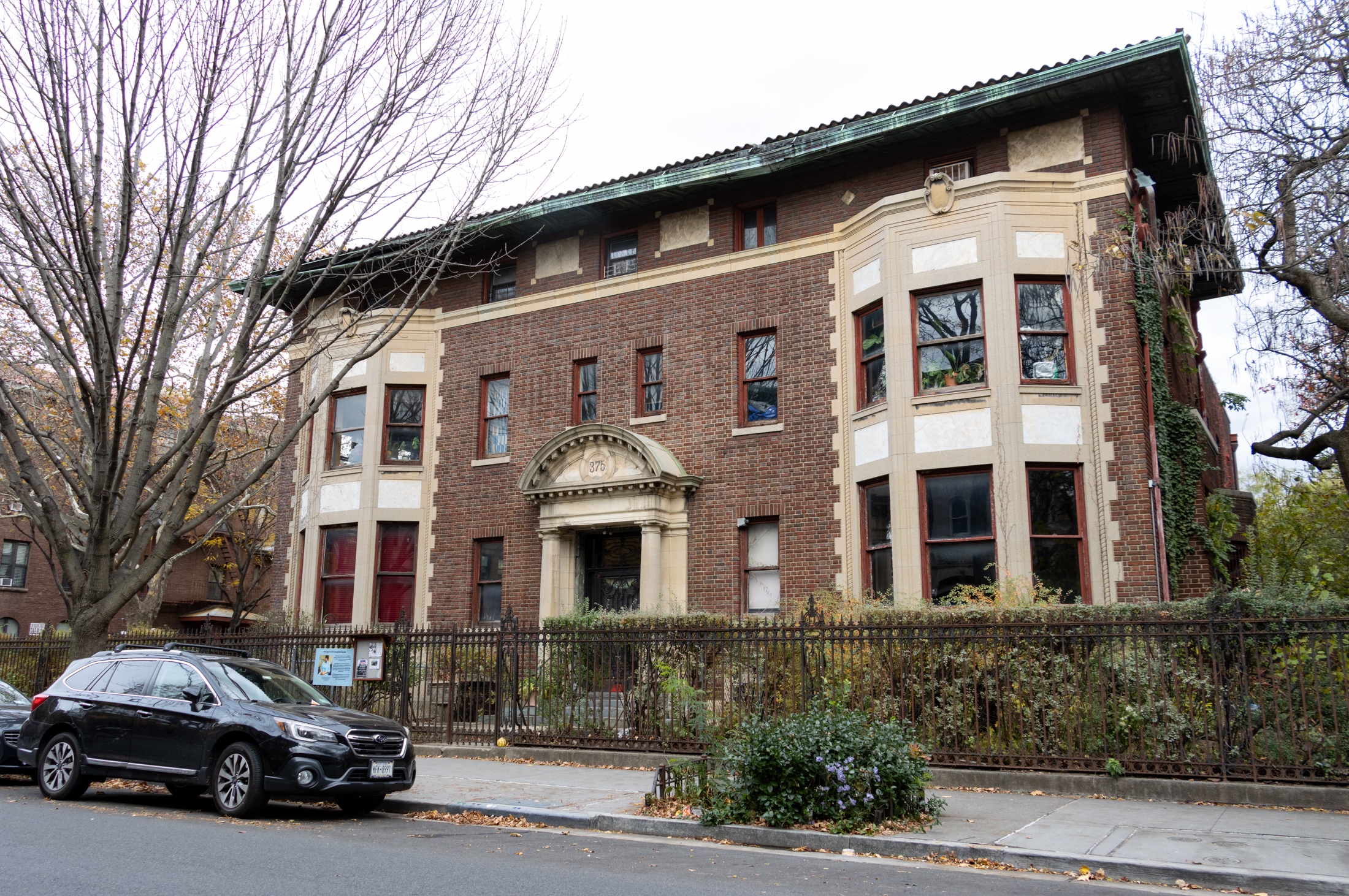Building of the Day: 65 Sixth Avenue
Brooklyn, one building at a time. Name: 78th Precinct House Address: 65 Sixth Avenue Cross Streets: Bergen Street Neighborhood: Prospect Heights Year Built: 1925 Architectural Style: Renaissance Revival Architect: Unknown Landmarked: No The story: In my opinion, older police precinct houses generally look one of two ways; either like castles, such as the 88th Precinct,…

Brooklyn, one building at a time.
Name: 78th Precinct House
Address: 65 Sixth Avenue
Cross Streets: Bergen Street
Neighborhood: Prospect Heights
Year Built: 1925
Architectural Style: Renaissance Revival
Architect: Unknown
Landmarked: No
The story: In my opinion, older police precinct houses generally look one of two ways; either like castles, such as the 88th Precinct, in Clinton Hill, a recent BOTD, or like a bank. This one looks like a bank. All side issues of class, and law and order abuses aside, architecture really gives a psychological impression in civic buildings such as police stations. Castles give the impression of defense; of the building, and by design, the police themselves being a bulwark against those who would go against the rule of law. A castle is the last defense on the frontier against the barbarian hordes. This is as deliberate as the pattern on the bricks themselves. And it’s a powerful image, and was very popular in the 1880’s and 90’s.
On the other hand, a fine limestone Renaissance Revival palazzo like this gives a slightly different vibe. This is a bank vault. Here, the public goes in and the officers of the law give aid, and the sure and protecting power of the law is enforced with class. Like in a courtroom, here, you are surrounding by the Law. You’d expect to hear about “perps” incarcerated in the basement of a castle somewhere. You may be less likely to expect to hear that about here. Reality may not be as kind as first impressions. But this is not a treatise on the police department. It’s about architecture.
The City of New York built quite a few of these elegant precinct houses across the city in the rather prosperous periods between 1905 and 1927. It was the age of the automobile, an age when telephones and electricity were no longer novelties, but necessities, and modern police work needed new houses to accommodate a more modern police force, one that no longer relied on the horse to get around. It was still a time when civic architecture was still designed to be inspirational and impressive. Or at least good.
I was not able to find the name of the architect, but there are a few men working at this time and in this Renaissance Revival style, and who did civic projects, who could have designed this one. I’m hoping those with more access to 20th century records, and you know who you are, help me out again. The architect designed a handsome building, with especially fine details on the ground floor, and at the cornice, with console brackets and dentiled molding detail below. The door on the side entrance is particularly interesting.
Today, many police precincts have gone back to the earlier mode of defensive castle architecture, once again defending themselves against the barbarian hordes. This is especially true in precinct houses in poor neighborhoods. Personally, that was a big mistake, and sent the wrong message to the residents of a neighborhood. What does it say when the police precinct is not designed to protect the public, but to protect the police from the public? And usually in a particularly ugly building, too. As we hopefully progress in society, I hope that we can once again build such buildings with the same grace and beauty that this building has. It’s a much nicer statement to the community around it, and probably makes those who work in it feel better about going to work, as well. GMAP








Doelger, even you have to admit those bronze torchieres flanking those elegant Roman doors could be pretty nice if restored. Naturally, because this is not in the inner Boro there is little chance of that happening any time soon.
Mortimer didn’t do quattrocento.
He was more of a wild and crazy eclectic guy.
twisty columns, tudor lintels, dragon supports? check.
Florence Palazzo? no.
1. Minard said it might have been Mortimer Freehof.
2. Lord, another boring thing. Can’t you give us more fun things to look at? Even if – gulp – it has to be on Decatur Street.
3. I miss Benson. Can’t you let him come back? I know he’ll be good.
4. Oh come on, there is some way to figure the architect. How about Thomas O’Brien, who did the same thing elsewhere, eg. 45 Pct. Gotta be him. Art Commission files? What are we paying for here?
Sincerely, Inner Borough
Should have credited MCNY for photo. If I have to be marooned on a desert island with a photo database, that would be it.
christopher
What are some ways to tell the difference between Renaissance Revival and Romanesque Revival? Thanks!
they are really pretty different.
romanesque revival is more medieval in character. It looks rough and a little gloomy. It is usually asymmetrical and in America it is usually built of dark stone like brownstone.
Renaissance revival is serene and not gloomy. Usually built of light colored stone like limestone. It is symmetrical and features elements taken from ancient antiquity such as classical columns, cornices, volutes holding up ledges, that kind of thing.
This building is an American adaptation of a Florentine palazzo of the “Cuattrocento” or fifteenth century.
they are really pretty different.
romanesque revival is more medieval in character. It looks rough and a little gloomy. It is usually asymmetrical and in America it is usually built of dark stone like brownstone.
Renaissance revival is serene and not gloomy. Usually built of light colored stone like limestone. It is symmetrical and features elements taken from ancient antiquity such as classical columns, cornices, volutes holding up ledges, that kind of thing.
This building is an American adaptation of a Florentine palazzo of the “Cuattrocento” or fifteenth century.